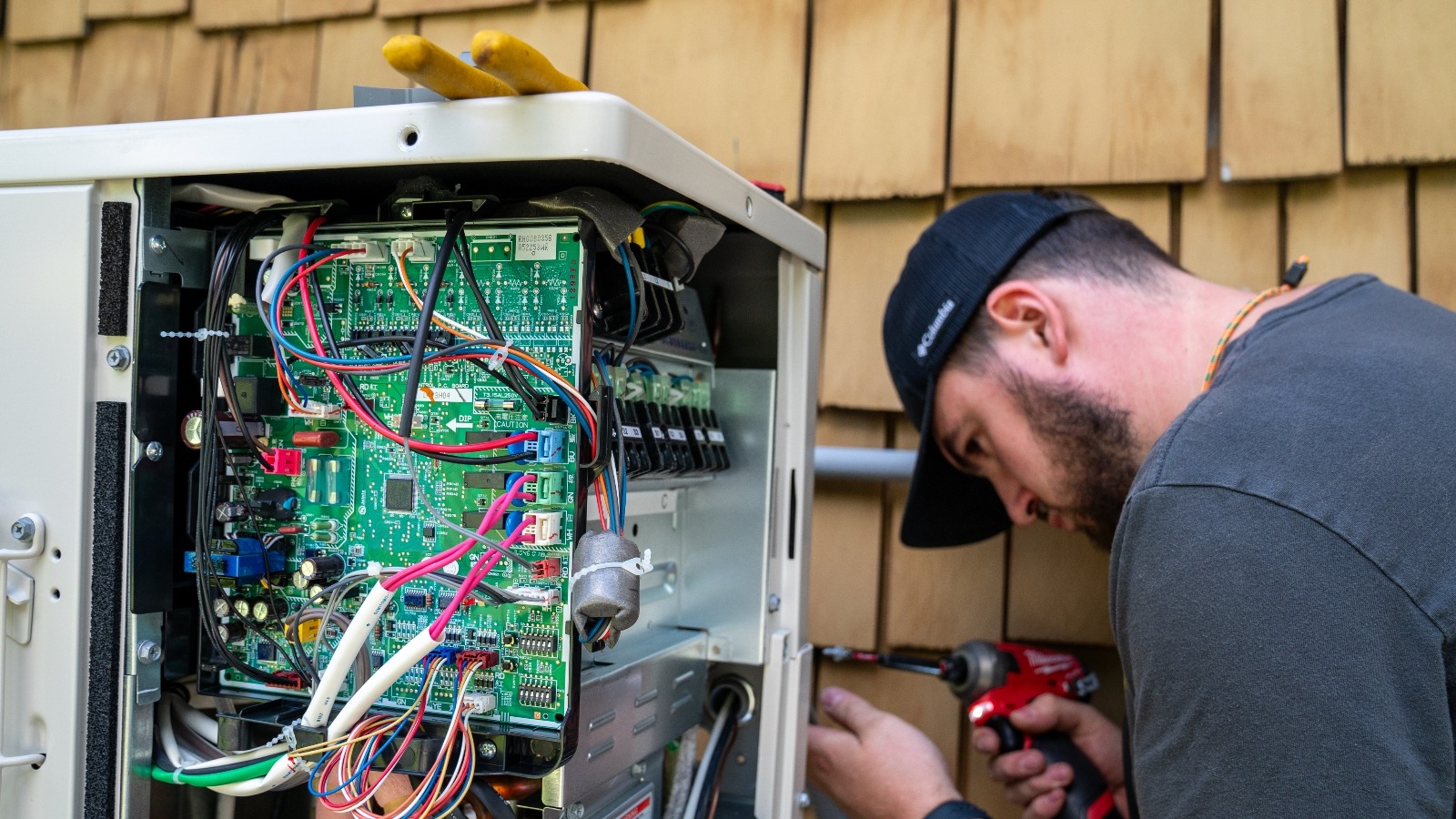Creating a home that’s both sustainable and intelligent isn’t just an aesthetic or budgetary decision anymore — it’s a strategic one. As homeowners reckon with rising energy costs and the realities of climate instability, many are choosing to remodel or build from scratch with one goal in mind: harmony between technology and environmental stewardship. But this isn’t about filling your house with gadgets or chasing the newest green trend. It’s about long-range alignment — choices that shape how your home breathes, behaves, and supports your lifestyle across seasons and systems.
Design With the Sun in Mind
The most overlooked component of smart green building isn’t a device at all. It’s sunlight — and how your home invites or deflects it. Before you ever think about thermostats or solar panels, you should align your layout with solar access. That means paying attention to where light falls during different times of the year, how window placement impacts heating and cooling, and whether roof angles can support passive solar gain. True smart homes don’t fight nature; they collaborate with it. Orientation, shading, and ventilation patterns become passive intelligence — systems that reduce load before automation kicks in. This foundation lets every other eco-innovation work better.
Materials Aren’t Neutral
Energy efficiency starts with the envelope — walls, floors, windows, and roofs. And here’s the thing: not all eco-materials are created equal. Too often, homeowners grab anything labeled “green” without asking how it behaves in context. A better approach? Toward the end of your decision-making, choose materials that demand less energy. Concrete with high fly ash content, cellulose insulation, reclaimed timber — these aren’t just trendy; they’re strategically low-impact and performance-proven. The smart part isn’t that they’re high-tech. It’s that they reduce the tech you need.
The Invisible Backbone: Connectivity
Of course, none of this works without a strong network. Everything from energy dashboards to leak detectors depends on connectivity — often at a distance, across multiple devices, and through walls. That’s why it’s essential to ensure your home has reliable Wi-Fi. This isn’t just about speed or streaming. It’s about stability — especially in rural areas or larger homes where dead zones kill performance. Smart devices become dumb the moment they lose signal. Investing in mesh networks or hardline backups isn’t a luxury; it’s a requirement for any home claiming to be truly intelligent.
Turning Old Devices Into Smart Assets
Smart homes often come across as gadget-heavy, but there’s elegance in simplicity — especially when you can retrofit. Even if you don’t want to replace every appliance, you can still implement smart load nodes for non-smart devices. This strategy connects legacy hardware to your automation system, allowing it to behave predictably within energy cycles. It’s not just about control; it’s about orchestration. A smart plug becomes an energy conductor, syncing the dishwasher or dehumidifier to run during off-peak hours, or in tandem with solar generation. Retrofit intelligence often delivers more impact than replacing hardware altogether — and it’s a fraction of the cost.
Managing Renewable Energy With Foresight
Adding solar or wind power to your home isn’t enough — not if the energy sits idle or floods the grid. Modern energy management systems now use scenario modeling to optimize load with dynamic scheduling. This means your home can forecast usage patterns and prioritize appliances based on weather predictions, storage capacity, and grid pricing. The system doesn’t just react; it anticipates. This kind of logic is key to getting the most from your renewables — especially when your power supply is as variable as the weather. And as grid interaction grows more complex, intelligent scheduling will be non-negotiable.
Setting Sights on Zero
“Net-zero” isn’t marketing. It’s a design discipline. But it doesn’t require heroic sacrifices or cutting-edge breakthroughs. Most of what you need is already here — and standard tools make zero-energy possible. Tight envelopes, balanced ventilation, renewables, smart control layers: together, they move you from aspiration to execution. The trick is in the integration. Every subsystem must speak the same language — temperature sensors triggering HVAC logic, occupancy sensors dimming lights, battery states adjusting appliance behavior. This choreography reduces waste, but it also makes living smoother. When you design toward zero, convenience becomes a byproduct of efficiency.
Bridging Smart and Sustainable
Somewhere along the way, “smart home” and “green home” became separate categories — which is absurd. The truth is, they amplify each other. The more your systems talk, the more they can conserve. And the more you conserve, the more intelligent your home feels. Toward the end of your planning, make sure to merge smart design with eco principles. It’s not enough to slap solar panels on the roof or toss a smart speaker in the kitchen. What matters is how you integrate automation with purpose: not just to impress, but to reduce your footprint, support your habits, and make good decisions automatically.
You don’t need to choose between comfort, sustainability, and intelligence. In fact, it’s becoming clear that you can’t have one without the others. The eco-friendly smart home isn’t some futuristic dream; it’s a present-day blueprint. With the right choices — solar-aware design, efficient materials, energy orchestration, and meaningful automation — you build a home that adapts to your life, not the other way around. And perhaps most importantly, you craft a space that doesn’t just consume resources — it responds to them, reflects on them, and ultimately, reduces the load for everyone.
Discover the sustainable elegance of bamboo with Bamboodu and transform your lifestyle with eco-friendly products that care for the planet as much as you do!
Image via Pexels
Source link
Guest Post bamboodu.com


